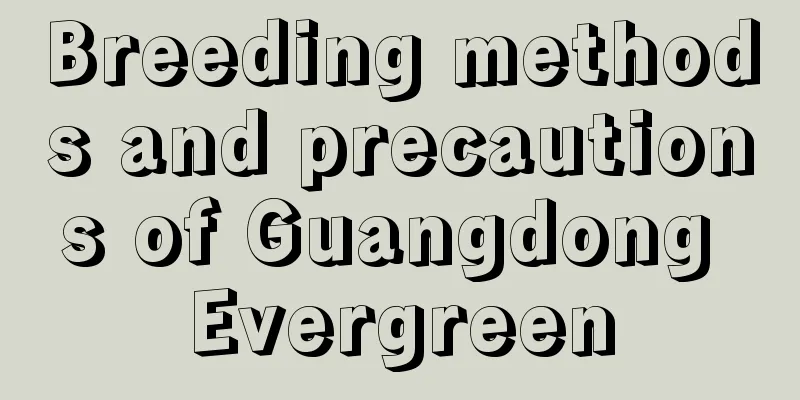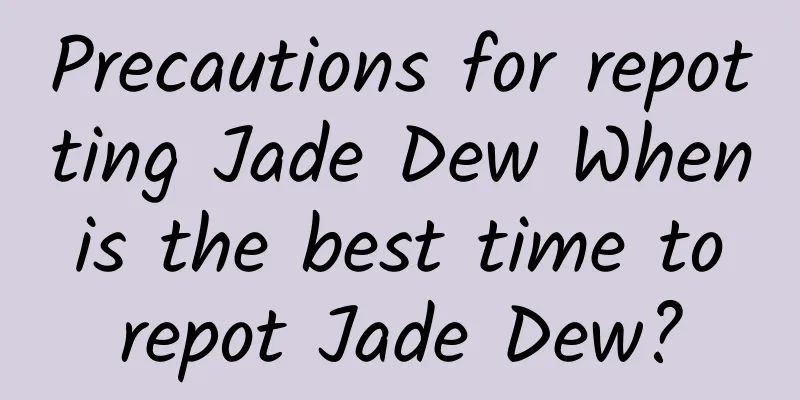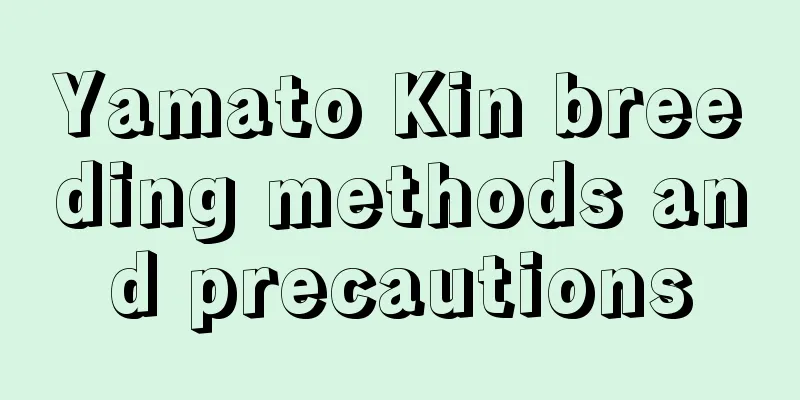Peanut pest control

Disease controlStem rotIf peanuts are infected with stem rot, the cotyledons will turn dark brown, gradually lose water and begin to dry rot. If not treated in time at the later stage, the black-brown diseased areas will rot, from leaves to stems, until the upper part of the plant dies. One way to prevent and control peanut stem rot is to choose peanut seeds with better disease resistance or seeds that do not carry pathogens before planting. And the same crop cannot be planted repeatedly on the same plot of land. Another method is to use pesticide spraying after the disease occurs. Spraying 800 times diluted carbendazim two to three times, with an interval of about one week between each spraying, can effectively prevent the stem rot from getting worse. Root rotThis usually occurs throughout the growth process of peanuts. The symptoms of the disease are that the leaves of the plant turn yellow from bottom to top, and then the leaves gradually fall off, the roots rot and die. Prevention and control methods: Mix seeds with carbendazim before planting, clean the land from diseases and insect pests, and spray 1000 times diluted carbendazim (50%) for treatment if the disease occurs after planting. Pest ControlaphidAphids mainly attack the above-ground stems and leaves of peanuts, sucking the sap from the leaves. They also reproduce quickly and if not dealt with in time, they will endanger the growth of peanuts. Early detection and early prevention, spraying with omethoate spray can effectively eliminate aphids. GrubWhite grubs attack the underground peanut fruits. Not only will they eat the peanut shells and fruits, they will also bite off the peanut roots and cause the death of the plants. Severe white grub infestations can cause large areas of peanut seedlings to die and reduce yields. The first step to deal with white grubs is to take good care of the soil before sowing. Evenly spreading furadan or phorate and tilling it into the soil can effectively prevent and control white grubs. After sowing, you can mix chlorpyrifos with fine soil and bury it shallowly near the roots of peanuts to achieve effective control results. |
<<: Pests of red banana and their control
>>: Pest Control of Bitter Melon
Recommend
What fruit tree seedlings are suitable for planting in summer? Fruits that are easy to survive in summer
Summer is the hottest season of the year. The tem...
Can copper coin grass be grown in soil?
Can copper coin grass be grown in soil? Pennywort...
How to make sasanqua bloom on New Year's Day
1. The temperature cannot be too high Generally, ...
What is the best season to plant eggplant?
Which month is suitable for planting eggplant? Eg...
How many times a year do roses bloom?
1. Flowering period In a natural growing environm...
Pros and Cons of Eve's Scented Garden Roses
Fragrant Garden is a rose variety introduced to C...
How often should I water Monstera?
1. Growth habits This plant likes to grow in a wa...
Is Bird of Paradise easy to keep?
Bird of Paradise, also known as Strelitzia regina...
Where to grow chickpeas
Where chickpeas are grown Chickpeas generally gro...
Does the rubber tree like water or drought?
Do rubber trees prefer moisture or drought? The r...
Cultivation methods and precautions of ice velvet palm
1. Watering Ice velvet palm is also a kind of laz...
The meaning of tulips in different colors
Red tulip flower language Red gives people a pass...
How to propagate the dragon beard tree? Cutting, layering, and sowing propagation methods
How to propagate the dragon beard tree The common...
What is the legend of the ginger lotus?
1. Flower language of ginger lotus 1. Noble and e...
What is refractory clay?
Refractory clay is a common material, also called...









